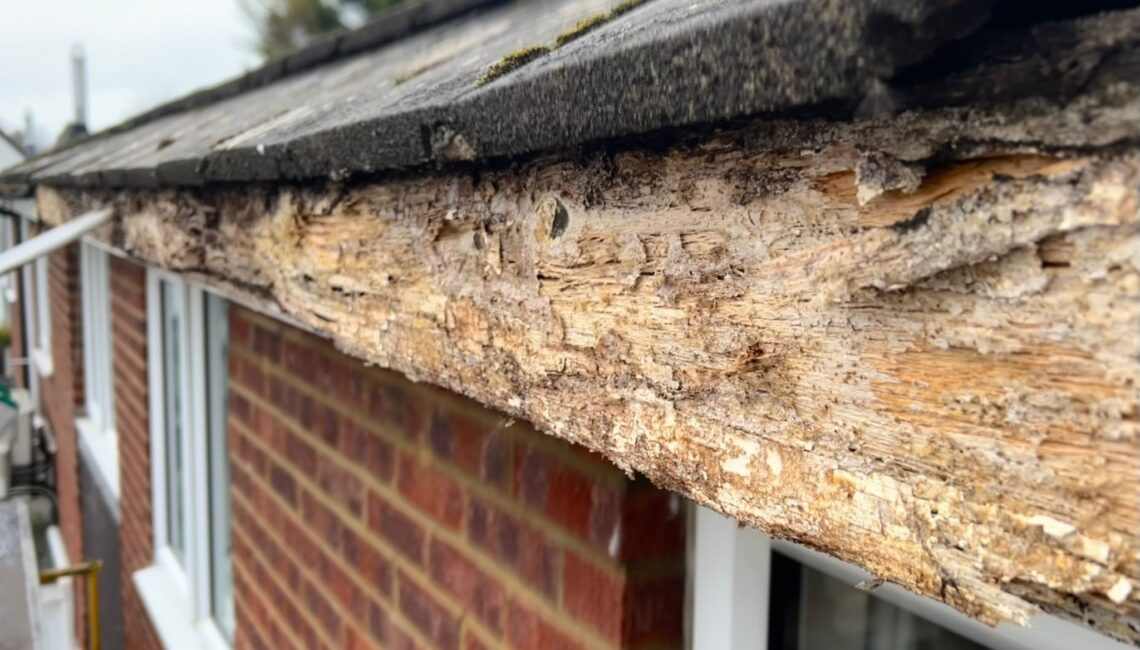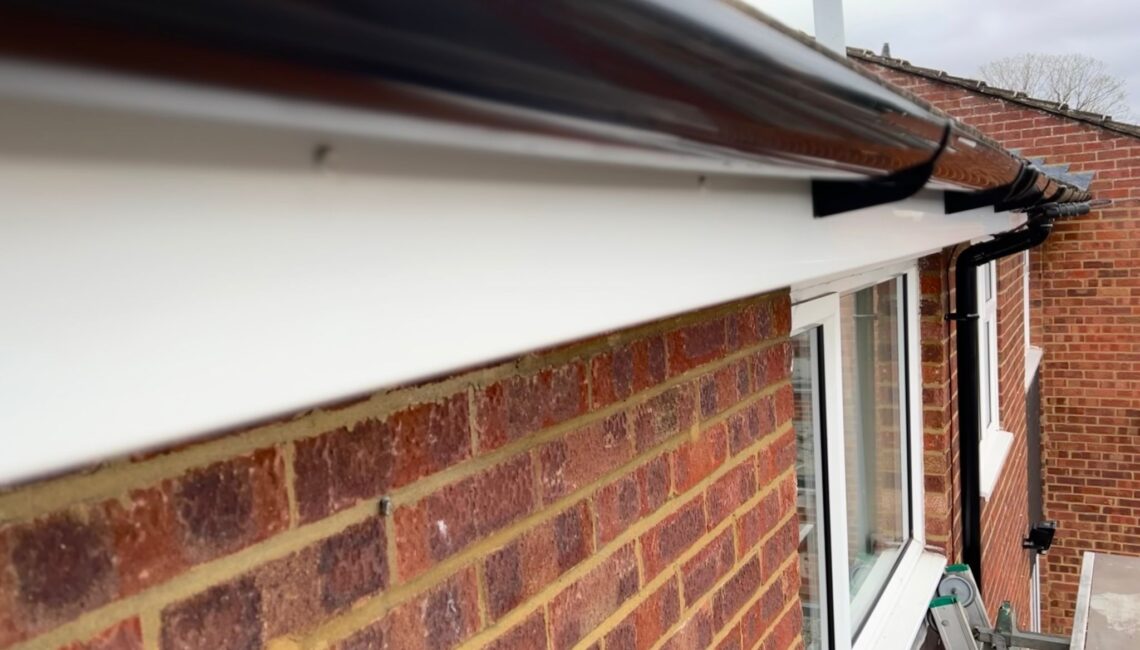Title: Dealing with Rotten Fascia Boards: A Comprehensive Guide
Introduction:
Fascia boards play a crucial role in protecting and finishing the exterior of your home. However, when neglected or improperly maintained, fascia boards can deteriorate, leading to potential structural damage. One common issue that homeowners may encounter is rotten fascia boards caused by overcapping. In this blog post, we will delve into the causes, signs, and solutions for dealing with rotten fascia boards, ensuring the longevity and integrity of your home.
Causes of Rotten Fascia Boards:
Overcapping, a common practice that involves installing new fascia boards on top of the existing ones, can inadvertently trap moisture between the layers. This trapped moisture creates a breeding ground for mold, fungus, and wood rot. Inadequate ventilation and poor drainage can further exacerbate the problem, accelerating the decay process.
Signs of Rotten Fascia Boards:
Identifying rotten fascia boards is crucial to prevent further damage. Watch out for the following telltale signs:
- Discoloration: Notice any dark spots, staining, or discoloration on your fascia boards.
- Softness: Gently press your hand against the fascia boards to check for any soft spots.
- Peeling and Cracking Paint: Observe if the paint on the fascia boards is peeling, cracking, or bubbling.
- Formation of Fungus or Mold: Be vigilant for the presence of fungus, mold, or mildew on or around the fascia boards.
- Insect Infestation: Look for signs of termite or carpenter ant damage, as they are attracted to decaying wood.
Solutions for Dealing with Rotten Fascia Boards:
- Inspection: Begin by thoroughly inspecting the extent of the damage. Determine which sections of the fascia boards require repair or replacement.
- Removal: Carefully remove the overcapped fascia boards to expose the underlying rotten wood.
- Repair: Replace the damaged sections of the fascia boards with new ones, ensuring proper installation and ventilation to prevent future decay.
- Treat for Rot and Mold: Treat the affected areas with an appropriate wood preservative to inhibit further decay and address any mold or fungal growth.
- Regular Maintenance: Implement a routine maintenance plan, including regular cleaning, painting, and inspection, to protect your fascia boards and prevent future deterioration.
- Seek Professional Help: If the damage is extensive or you lack the necessary skills, consider hiring a professional contractor who specializes in fascia board repair and installation.
Conclusion:
Rotten fascia boards resulting from overcapping can compromise the structural integrity of your home if left unaddressed. By understanding the causes, identifying the signs, and taking prompt action, you can mitigate the risk of further damage and ensure the long-term health of your fascia boards. Remember, regular maintenance and timely repairs are key to protecting your home from deteriorating fascia boards. Stay proactive and preserve the beauty and functionality of your exteriors.
Remember, always consult with a professional before attempting any repairs or modifications to your home’s structure.
Note: If you require more specific information or clarification, please let us know!



